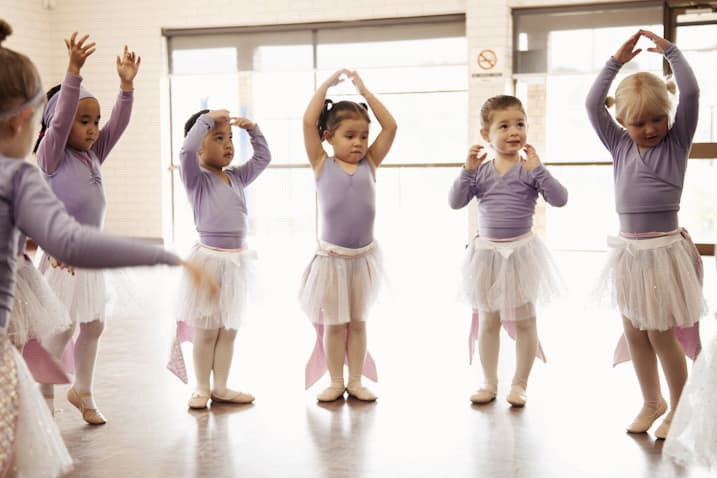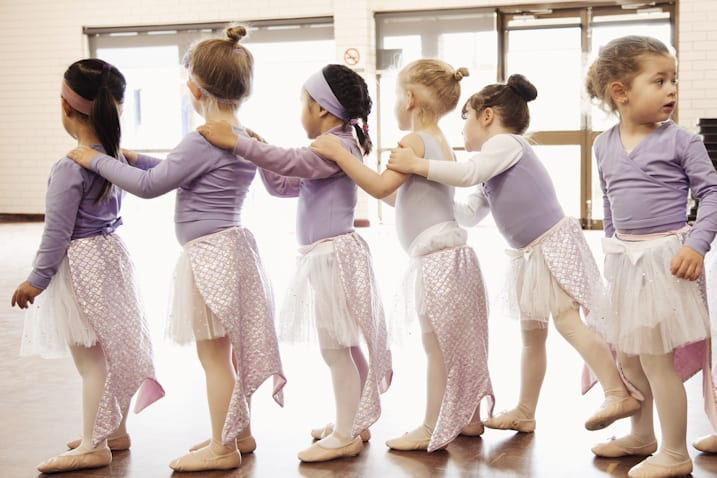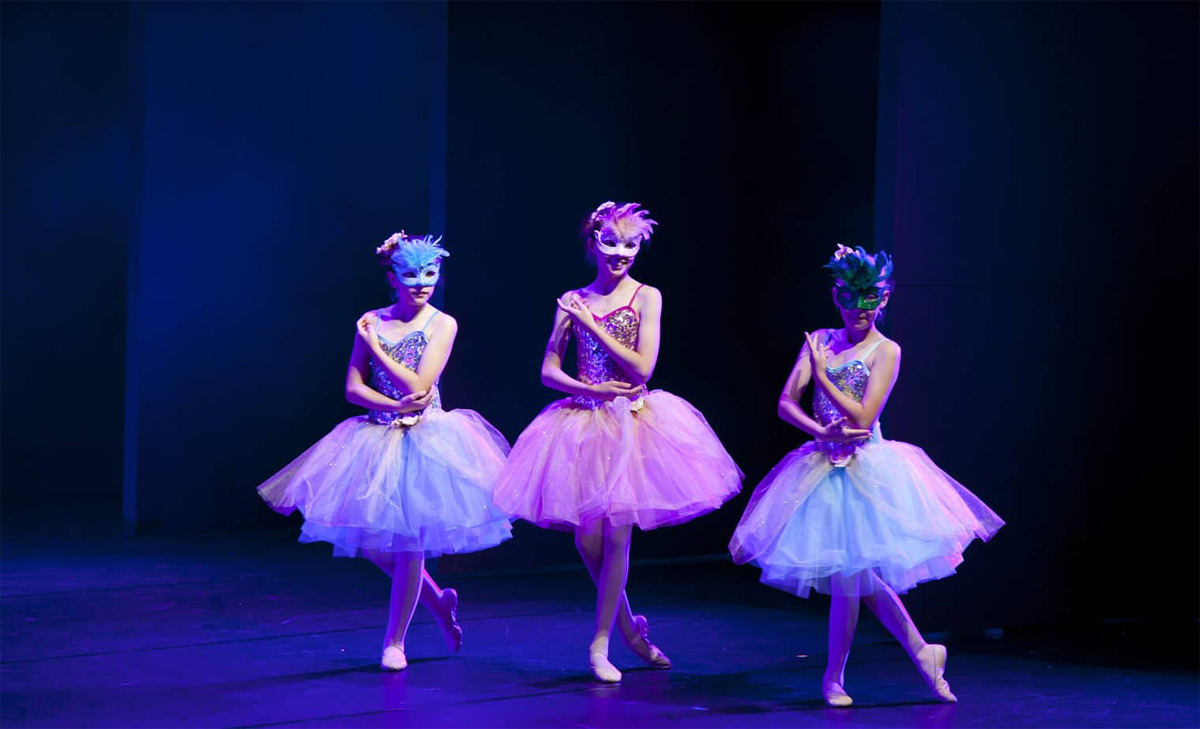Use It or Lose It …

If I said there is an activity that helped prevent illness such as diabetes, high blood pressure, heart disease and depression. Would you be interested in giving it a go?
What about something that helps increase brain activity? Would you give that a go?
But most of all who would like to participate in an activity that is fun and helps with your general well being?
It’s no secret… it’s dancing!
There’s loads of research about the benefits of dance for the elderly that include physical fitness and social interaction. Also because dance requires you to use both sides of your brain; one half for technique and control and the other for creativity and artistry, it can increase brain productivity.
As we grow older, our brain cells die and synapses weaken with aging. So very basically, we need to create new neural pathways – and to do this we need to involve ourselves in activities that require split-second rapid-fire decision making, as opposed to rote learning. This process is also important in our youth.
Creating new neural pathways can be as simple as choosing a different way to go to work, learn new skills, do a cross words, but not just one – at least 4 a week.
There are many benefits of dance for children:
- Helps Physical Development
Every style of dance builds stamina, flexibility, strength & co-ordination. It also helps develop good posture and a positive attitude to staying fit as it releases that fun, feel-good factor and gives an emotional high. - Social Awareness
Not just about staying fit, it is a social opportunity. Children learn how to work as a group and co-operate with others. They can develop bonds of trust and learn a code of courtesy within the class. - Emotional Maturity
Confidence & self esteem can be built through the many performance opportunities that come with dance. The right teacher can provide a secure and supportive environment where children can explore their feelings and creativity over a common ground – dance. - Cognitive Development
Like I said before, dance involves using both sides of the brain, and in children it can also increase their attention spans. Dance requires discipline and motivation, which are both key skills in lifelong learning.
Human’s earliest means of communication was through movement. Our bodies respond with movement more instinctively than with words, and movement can convey several feelings and ideas.
Our words make up only 7% of how we are communicating and our body language is our main communication device.
I’ll leave you with the question: “Can you afford not to dance? Or if dance isn’t your thing, what can you do to keep those neurons firing and give you a sense of well-being and overall fitness?”

